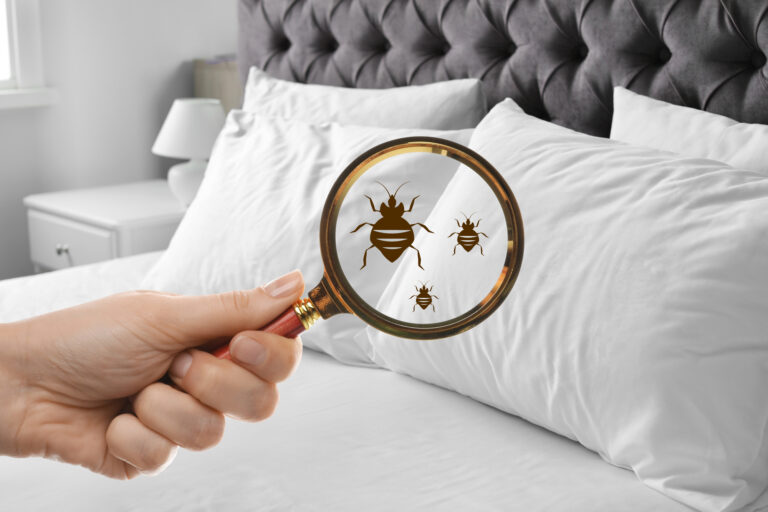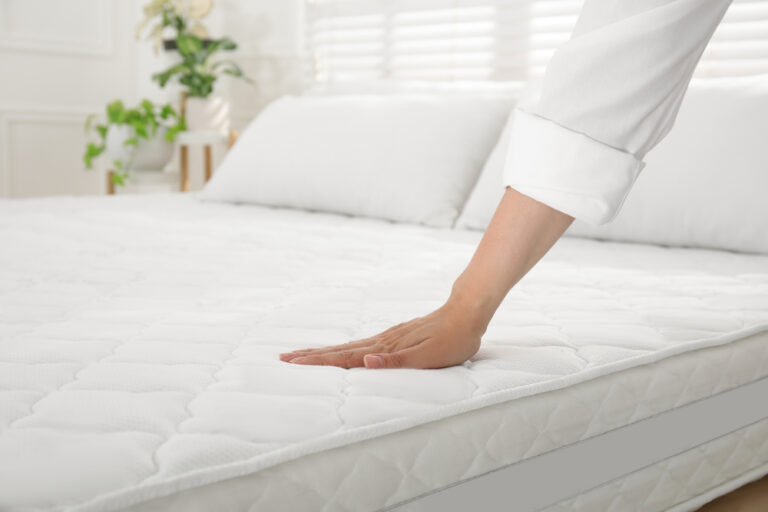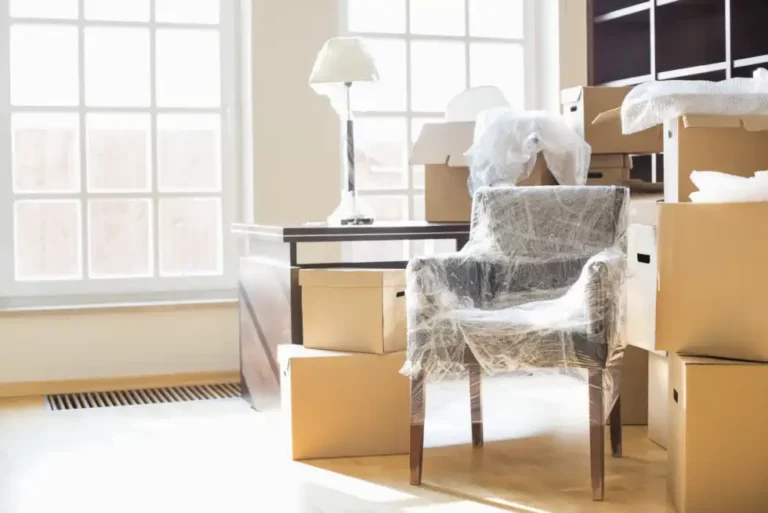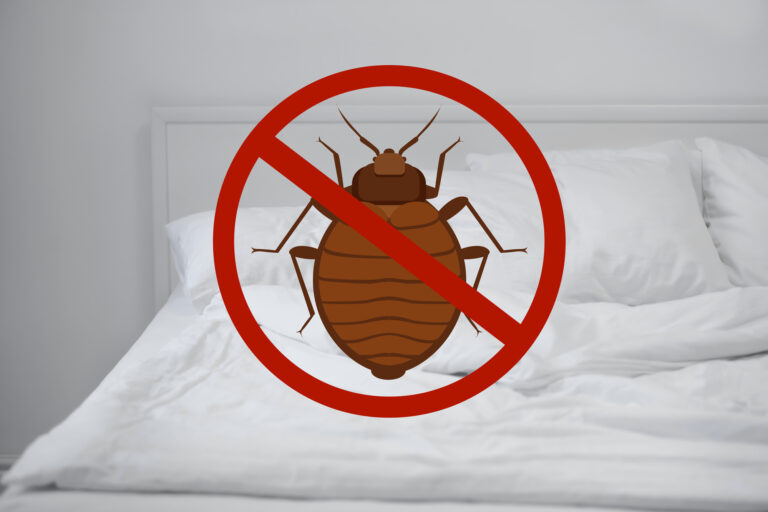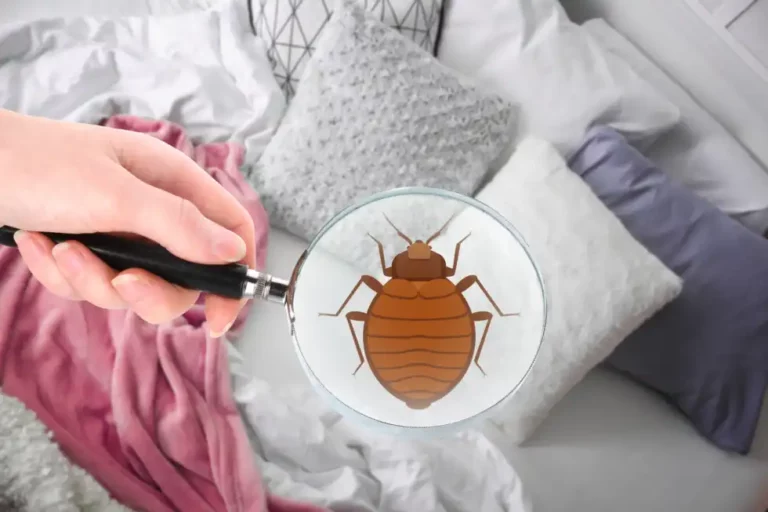Summer Vacation Travels: How to Prevent Bed Bugs
You’re searching for ways to escape the daily grind now that summer has arrived. You want to ensure your trip is as peaceful as possible: a family break or a lengthy vacation. Bed bugs are tiny insects that feed on human blood, and they love to hide in luggage and clothing while they wait for their next victim. Even if you don’t see any bed bugs during your stay at hotels or hostels, there’s no guarantee that some haven’t snuck into your belongings while you weren’t looking.
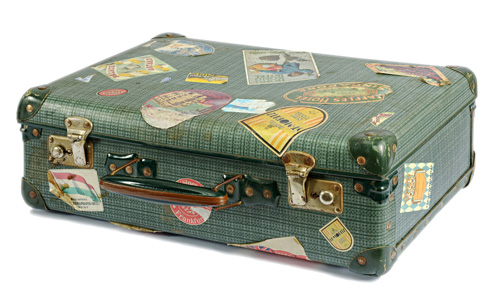
1. Use a Luggage Cover.
A luggage cover is an inexpensive way to protect your belongings from bed bugs. You can find one at any store that sells luggage, or you can order one online.
Luggage covers are usually meshing and come in many colors and patterns. They’re available for all types of luggage, including suitcases, backpacks, and duffle bags. You can also buy them in sets, so you have one for every trip!
A good quality travel bag cover will last many years if properly cared for (see below). They’re made from heavy-duty materials resistant to moisture and tears; some brands even offer warranties on their products, so you know they stand behind their craft.
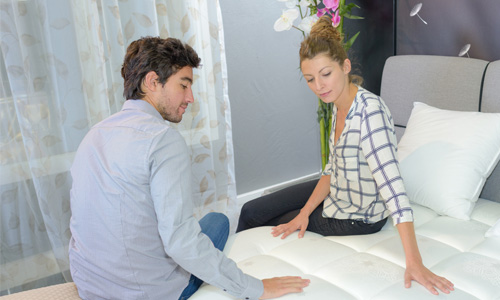
2. Inspect Your Hotel Room Before You Stay There
Inspect it for signs of pests before you stay in a hotel room. Look for blood spots, skins, or shells on the mattress and box spring; dark spots or stains on the bed and box spring; black or brown spots on sheets and pillowcases. If you see these signs of infestation, ask to switch rooms immediately.

3. Identify if the Room Has a Bed Bug Infestation.
Bed bugs are small, oval-shaped insects that feed on blood. They are reddish brown and can live up to a year without feeding. Bed bugs are almost the size of a banana seed, but they can hide in any crack or crevice in your home–even behind wallpaper!
Check for signs of an infestation by inspecting mattresses, box springs, and other furniture (like chairs) where you sleep at night. Look for black stains from dried blood on sheets, live or dead bed bugs, and small dark spots that look like dirt but contain:
- Crushed exoskeletons from molting nymphs.
- Eggs laid by females (they’re yellowish/white).
- Fecal matter from adults and nymphs looks like black specks on bedding material such as cotton stuffing inside pillowcases.
- Rusty-colored smears are left behind when crushed bugs rub against fabric during feeding sessions.
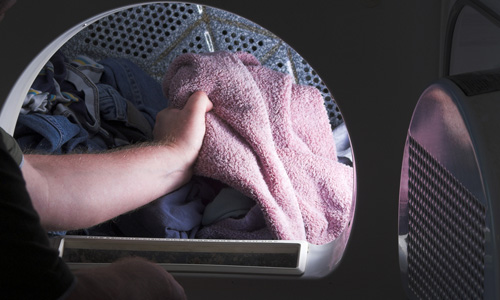
4. Wash and Dry Your Linens Immediately After Checking Into Your Hotel.
Washing and drying your linens immediately after checking into your hotel is one of the best ways to prevent bed bugs. If you are staying somewhere that does not provide laundry bags, use a plastic bag or garbage bag instead.
Wash all worn clothing in high heat. This will kill any eggs that might have been left behind by the pests in question (which can happen if they were hitching a ride on some other travelers).
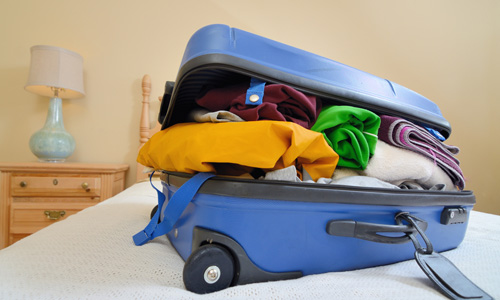
5. Keep Your Luggage off the Floor.
Bed bugs can live in cracks and crevices, so keeping your luggage on the bed is a good idea.
If possible, pack an anti-bed bug kit and other travel essentials like sunscreen and water bottles. You should also pack insect repellent, as some hotels have reported bed bug infestations in recent years. You can also use a zippered bag for dirty clothes instead of putting them into an open suitcase where they could come into contact with bed bugs from other travelers’ rooms or hotel staff members’ clothing items (they often wear long-sleeved shirts).
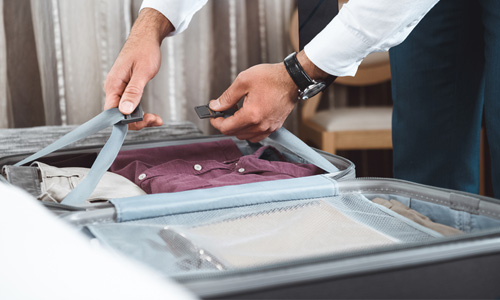
6. Inspect All Rooms Before Unpacking.
If you arrive in a hotel room and see signs of bed bugs, immediately leave the room and inform the front desk. Check the mattress and box spring for minor brown stains and evidence of recent fecal droppings or eggs (they look like tiny black dots). If you find these stains on either your mattress or box spring, it’s best to request another room.
Check behind pictures or other items hanging on walls; this is where bed bugs love to hide during daylight hours when people are around! Bed bug infestations often start with just one individual–if it gets into an apartment building like this one did. It can spread quickly through its neighbors’ apartments and public spaces like laundry rooms or hallways, where people often leave bags full of dirty clothes unattended overnight. At the same time, they sleep peacefully, unaware that there may be hundreds more hungry little critters waiting patiently nearby.
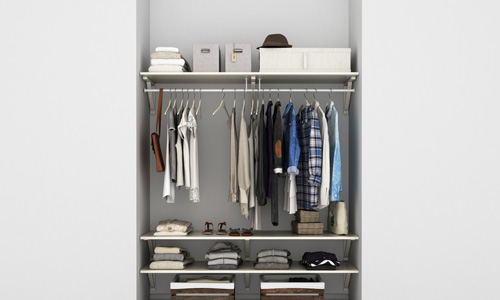
7. Leave Out Any Clothing You Will Not Need During Your Stay.
To prevent bed bugs, keep your luggage off the floor and remove any clothing you will not need during your stay. This will reduce the chances of bringing them home with you. Bedbugs can also be found in hotels, so wash and dry all linens immediately after checking into a hotel room. Inspect all rooms before unpacking.
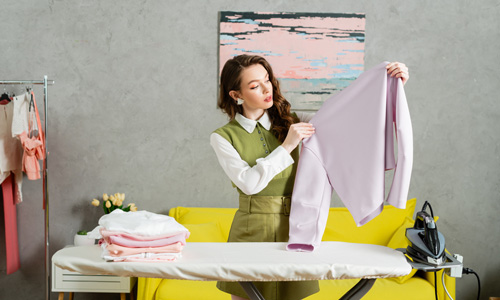
8. Keep Your Belongings Neat and Tidy
Bed bugs need help getting into luggage that is neatly packed and not left on the floor. Bed bugs also have difficulty penetrating bedding made from tightly woven fabrics such as cotton or linen. Avoid placing luggage on beds when possible, and always check for bed bugs before returning home from travel.
If you find any signs of infestation in your hotel room or vehicle, immediately report this to management so they can take action against the problem before it spreads throughout your vacation spot!

Travel Without The Fear of Bed Bugs
The bed bug is one of the most bothersome pests that may invade your house. They may go months without eating and consume human blood. Although there is no surefire way to keep these pests from getting into your home, there are some precautions you can take to stop them from showing up in the first place or from spreading throughout other areas of your house once they have been discovered by using professional services like pest control. There are different treatments for bed bugs in San Jose, CA., but heat treatment is the most effective. Bed bug heat treatment in San Jose, CA, is proven to be effective and most convenient for every homeowner.


